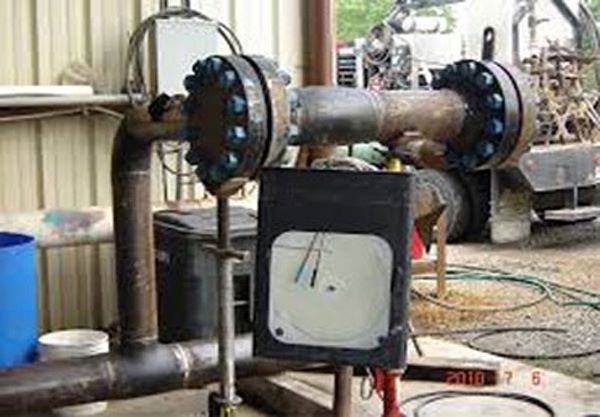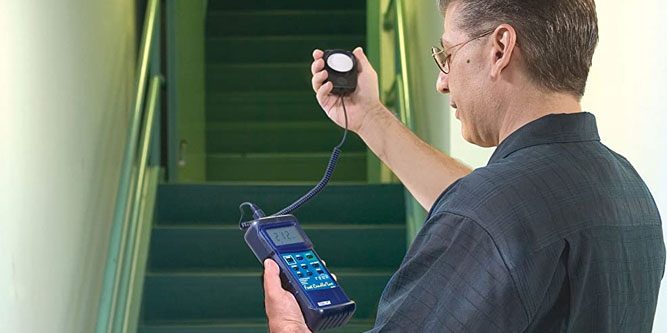
The Calibration Process for the Ultrasonic Flaw Detector Thickness measurement is not the sole consideration.
Calibration is a crucial process for non-destructive testing professionals to ensure the accuracy and precision of their ultrasonic flaw detector. It involves setting the measuring instrument with a standard unchanging reference material that meets certain specifications. This process often occurs in two stages: manufacturer calibration, where the flaw detector meets the standard manufacturing specification outlined in the relevant code, and user calibration, which ensures the detector meets the specification for the anticipated flaw to be detected.
The most important reason for calibrating ultrasonic flaw detectors is to ensure it is accurate and void of errors. Over time, the cumulative margin of error increases, and the inaccuracy becomes big and beyond acceptable tolerance levels. Periodically calibrating your ultrasonic flaw detector reduces this margin of error to the barest minimum without overtly affecting the result. There are three ways to set up for an ultrasonic flaw detector calibration: zero offset calibration, material velocity calibration, and auto calibration.
Ultrasonic flaw detectors typically require three calibration processes: velocity/zero calibration, reference calibration, and calibration certification. Velocity/zero calibration converts time to distance measurements using the speed of sound in test materials to program the flaw detector. Reference calibration uses similar materials or test blocks as reference standards to set up a testing operation.
Calibration certification documents an ultrasonic flaw detector's linearity and measurement accuracy given specific test conditions. Distance and amplitude certifications are given for ultrasonic flaw detectors, but the certification must still follow relevant codes and standards such as EN 12668 or E-317. To calibrate an ultrasonic flaw detector, three steps are used: setting the probe in position A with the right coupling, adjusting the range and sound velocity, and setting the angle probe for angle.




